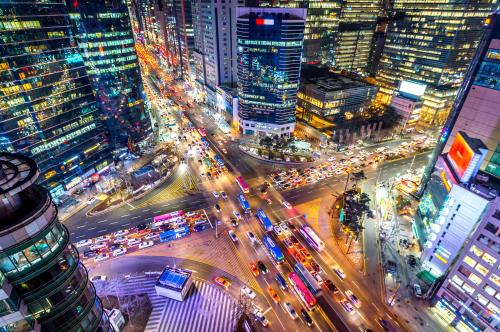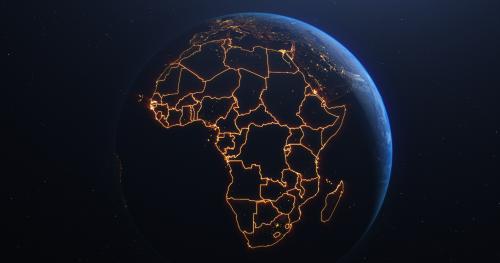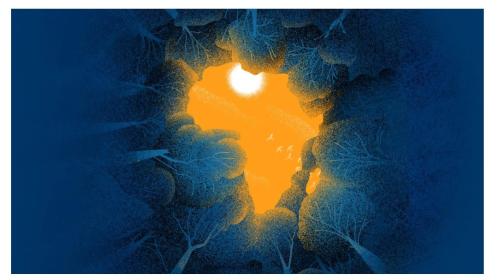Introduction
Eurasia, along with Africa, is the last big frontier of global integration for the 21st Century. While the previous two centuries were marked by rapid economic integration across the Atlantic and Pacific oceans, this century will see a catch-up across the vast continental space of Eurasia, home to a majority of the world’s population and to the most dynamic of emerging market economies, and repository of much of the world’s natural resource wealth.
Central Asia is centrally located on this super-continent. Its development will be one of the critical factors for the effective integration of Eurasia. As a transit hub, as a source of energy and other minerals, and as a potential source of stability or conflict its role is key. At the same time, Eurasian economic integration represents a major opportunity for Central Asia, as it moves from being a land-locked region far from markets to one positioned at the core of a dynamic and rapidly connecting economic space with access to the major new markets and sources of finance, knowledge and power in the world.
This article was published in the Global Journal of Emerging Market Economies, Volume 1, Issue 2, by SAGE Publications India Private Limited.
All rights reserved. Copyright© 2009 SAGE Publications. Reprinted with Permission.



